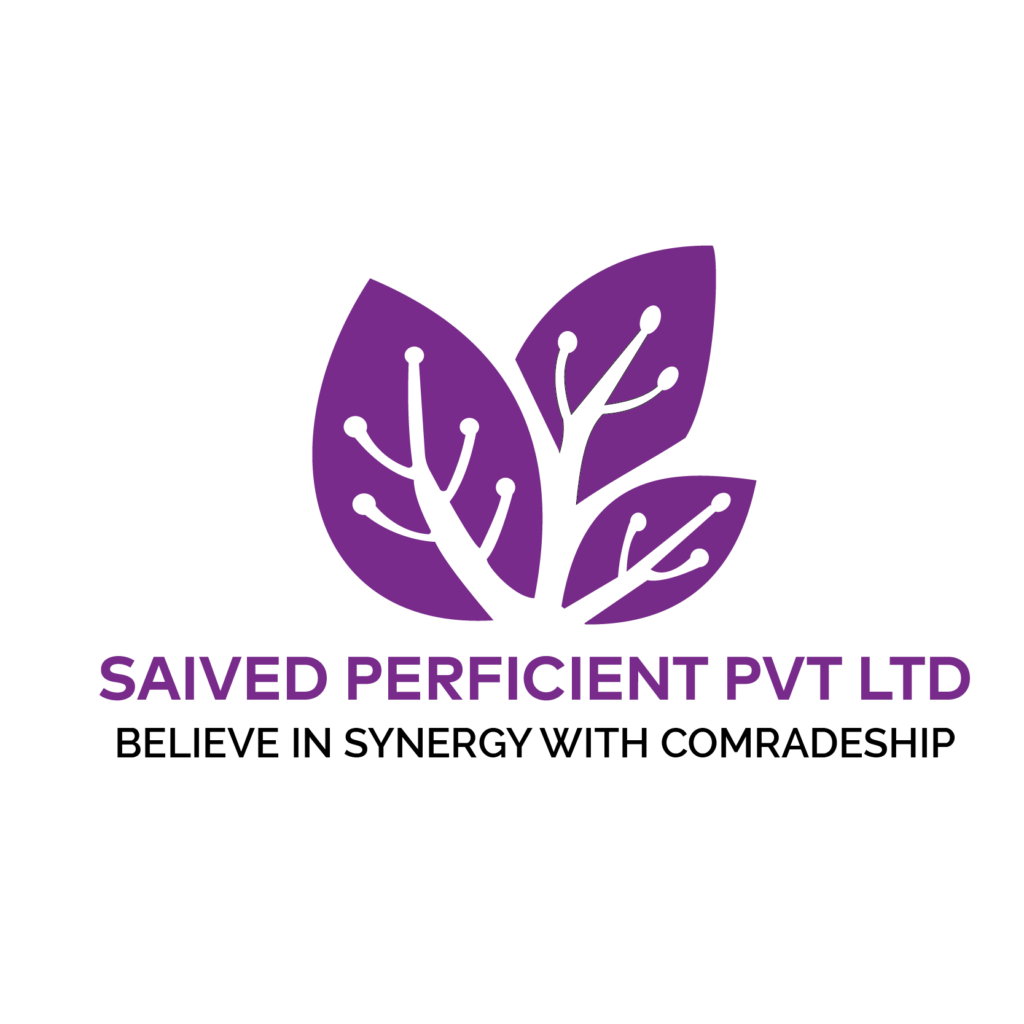Building a compelling resume is crucial for effectively showcasing your skills and experiences to potential employers. Here are some tips to help you create a strong and impactful resume:
Choose the Right Format:
Select a format that suits your background and highlights your strengths. Common formats include chronological (listing work experience in reverse chronological order), functional (emphasizing skills and qualifications), or a combination of both.
Include a Strong Summary or Objective:
Begin your resume with a concise summary or objective statement that provides a snapshot of your professional background, key skills, and career goals. Tailor this section to the specific job you’re applying for.
Highlight Your Achievements:
Focus on your accomplishments rather than just listing job duties. Quantify your achievements whenever possible, using numbers and percentages to demonstrate the impact you’ve had in previous roles.
Tailor for Each Job Application:
Customize your resume for each job application by emphasizing the skills and experiences most relevant to the specific position. Use keywords from the job description to align your resume with the employer’s needs.
Use Action Verbs:
Start each bullet point in your work experience section with a strong action verb. This not only makes your resume more dynamic but also conveys a sense of accomplishment.
Emphasize Skills:
Include a dedicated section for skills relevant to the job you’re applying for. This could include technical skills, soft skills, and industry-specific competencies.
Quantify Your Achievements:
Wherever possible, use numbers to quantify your achievements. For example, mention the percentage increase in sales you achieved, the number of projects you managed, or the amount of time you saved with process improvements.
Education Section:
Include details about your education, including the name of the institution, degree earned, and graduation date. If you have relevant coursework or academic honors, consider adding those details.
Professional Experience:
List your work experience in reverse chronological order, starting with your most recent job. For each position, include the company name, location, your job title, and dates of employment.
Use a Clean and Readable Design:
Keep your resume visually appealing and easy to read. Use a clean, professional font, and organize information into clear sections with bullet points for easy scanning.
Include Relevant Certifications:
If you have certifications or relevant training, include them in a separate section to showcase your qualifications.
Proofread Carefully:
Ensure your resume is free from grammatical errors and typos. Ask a friend or mentor to review it as well, as a fresh set of eyes can catch mistakes you might have missed.
Remember that your resume is a dynamic document that should evolve as your career progresses. Regularly update it to reflect new experiences, skills, and accomplishments.



